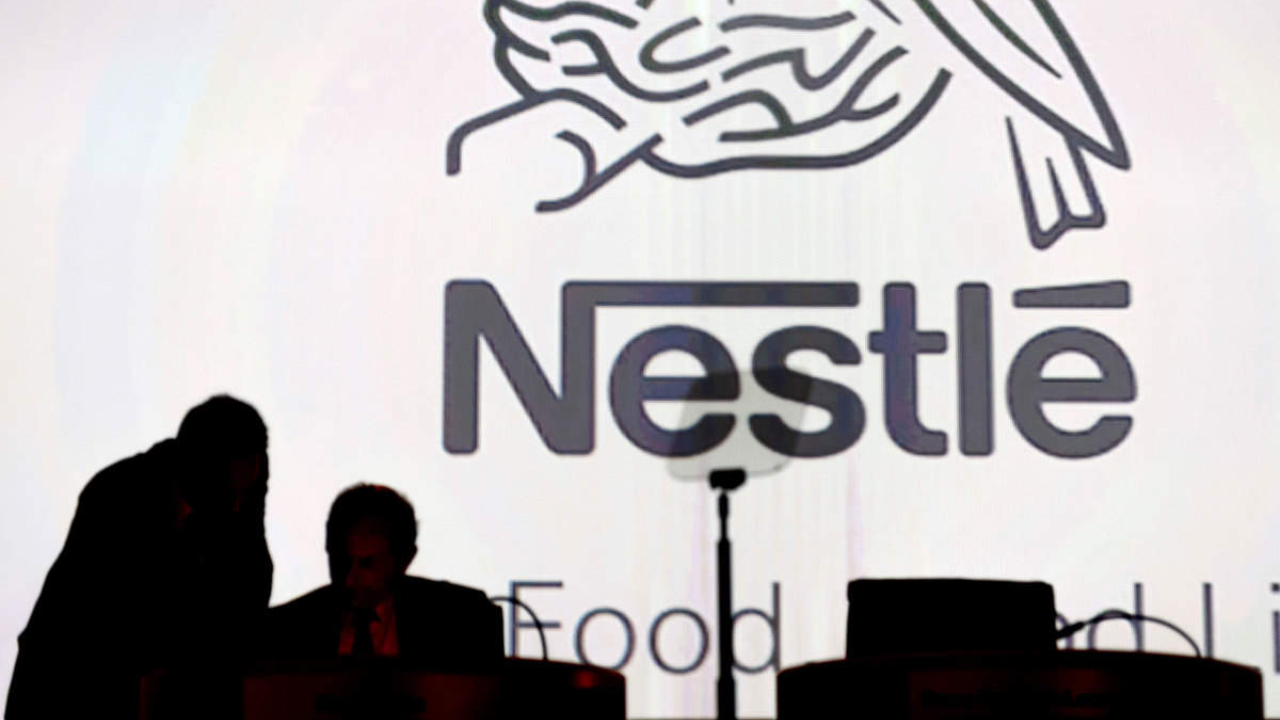[ad_1]
“With the kind of torrential rains that were taking place, what impact will it have on winter crops is anybody’s guess. I won’t have an idea of how much this will get affected. Also, today, for example, the milk prices are looking fairly benign but then again there has been a big impact during Covid on milch herd, we had the lumpy skin disease as well….how all these factors will play out in terms of milk prices cannot be predicted at this stage. I would say that the spectre of food inflation is going to remain,” Narayanan said.
In its June quarter results announced earlier this week, Nestle India said that while fuel prices have softened and commodities such as edible oils, wheat and packaging materials have been in the lower price range, robusta (coffeebeans) prices remain elevated.
“Coffee prices are up by almost 50%-60%…it is a significant part of my portfolio,” Narayanan said. Despite operating amid an environment which Narayanan described as in parts “promising” but in parts “turbulent,” the fast moving consumer goods (FMCG) major has improved its market share across categories, helped partially by the premiumisation trend.
“In categories like coffee, noodles, chocolates, we have had market share improvement,” Narayanan said, adding that premium offering Nescafe Gold is one of the firm’s fastest growing brands. While discretionary spending in urban India is higher, the younger population in rural India is experimenting with products. “This seeking out new taste experiences is what will fuel Nestle for the future or any food company for the future,” Narayanan said.
The company will invest Rs 4,200 crore in the India market through 2023-2025. The bulk of the investments will be used to expand the capacity of its factories.
“The new Odisha factory will be looked at as a noodles factory at this stage and we will also consider chocolates and confectionary as part of it…..there are two kinds of capex we look at in the company. One is compliance led and one is capacity led. Most of it is capacity led as we see that the underlying demand is very robust,” Narayanan said.
[ad_2]
Source link

